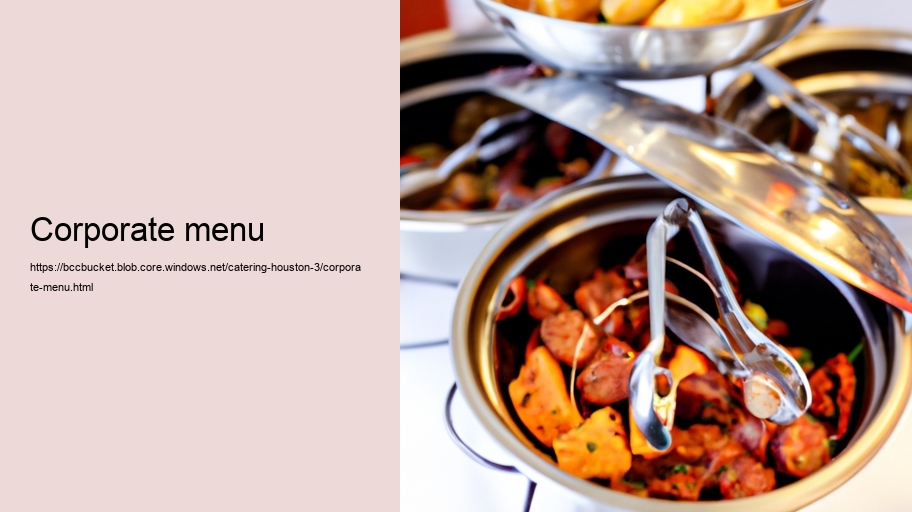Title: Decoding the Corporate Menu: An Insight into Business Dining Etiquette
In the seamless blend of business and social interaction, corporate menus have emerged as a subtle art form, an unspoken language that encapsulates both company culture and culinary diplomacy. The term 'corporate menu' often evokes images of power lunches, dinner meetings, and catered conference buffets - each setting with its own gastronomic lexicon designed to facilitate conversation, negotiation, and partnership. This essay delves into the nuances of corporate dining, exploring how menus are crafted to reflect an organization's brand while accommodating the diverse palates of its guests.
Corporate menus are not merely lists of food items; they serve as carefully curated representations of a company’s sophistication and hospitality. They must strike a balance between impressing clients or partners and providing comfort and sustenance. From selecting dishes that reflect the latest culinary trends without alienating traditional tastes to ensuring dietary needs are met with grace and ease, every aspect counts.
When crafting a corporate menu for an event or meeting, several factors come into play. First is the consideration of context. A luncheon during a high-stakes merger discussion might favor lighter fare to keep attendees alert and focused. In contrast, an annual gala might indulge in more decadent offerings to celebrate achievements and forge deeper connections among stakeholders.
Secondly, variety is paramount. A well-rounded corporate menu typically includes vegetarian options alongside meat-centric dishes to accommodate various dietary restrictions such as gluten-free or vegan preferences. It signals inclusivity which is crucial in today’s globalized business environment where cultural sensitivity can make or break relationships.
Another critical component is seasonality which reflects an awareness of sustainability issues – choosing locally sourced ingredients not only supports regional producers but also provides guests with the freshest possible flavors.
But beyond these considerations lies another layer – the psychological impact of food choices on conversations and decision-making processes. For instance, sharing platters can create a sense of community among diners fostering teamwork whereas individual plates may emphasize autonomy important during negotiations where personal authority is key.
Moreover presentation matters just as much as taste when it comes to corporate dining experiences because it sets expectations conveys professionalism even before first bite taken so meticulous attention paid plating garnishing ensures each dish visually appealing pleasing palate alike
It's worth noting too that timing plays crucial role in determining success any meal within professional setting breakfast meetings tend start day on positive note offering light energizing meals while extravagant dinners should culminate relaxed ambiance allowing guests unwind after long productive day
Lastly no discussion complete without addressing element choice While pre-set be efficient there value giving freedom select according their own desires This autonomy empowers individuals feel respected valued by their hosts encouraging openness dialogue throughout event
In conclusion navigating through world ‘corporate menu’ requires finesse astuteness understanding unique symbiosis between cuisine commerce Each selection plate beverage tells story about who you are what your organization stands for ultimately influencing outcomes interactions at table Whether you’re hosting intimate gathering large-scale convention knowing intricacies behind designing executing perfect speaks volumes about your acumen hospitality industry As such mastering this modern medium communication becomes essential skill any seasoned executive looking leave lasting impression global marketplace
